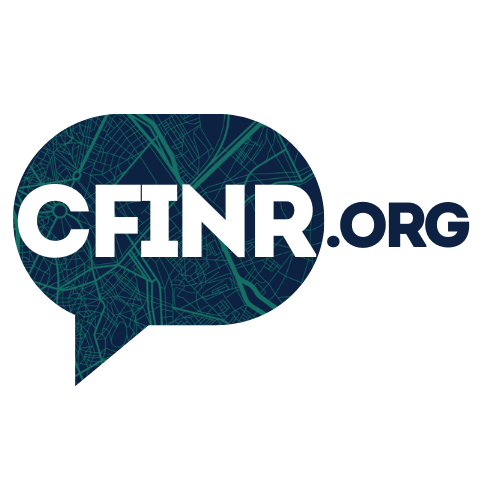No matter the amount, your donation directly supports our mission to uphold integrity in journalism.
Prefer Not to Use PayPal? Give Through Your DAF
If you’re considering a larger gift or would rather not donate via PayPal, you can contribute directly through your Donor-Advised Fund.
Other Ways to Support the Foundation:
Donor-Advised Funds (DAFs):
Make a DAF Gift »
Checks and Wire Transfers: contact us at accounting@cfinr.org
The Problem: Too Much Bias
Bias in reporting can take many forms. Sometimes it’s intentional, driven by ideological leanings, sensationalism, or the desire for higher ratings. Other times, it’s more subtle—shaped by a false sense of certainty, righteousness, unconscious assumptions, cultural norms, or editorial decisions driven by agendas or advocacy.
Regardless of how it happens, the result is the same: a loss of trust. Many people feel that they can’t rely on news outlets to provide accurate, fair, and balanced coverage. This skepticism has a ripple effect, deepening divisions and making it harder for society to tackle shared challenges.
The government’s role in addressing this issue is limited—and rightly so. Freedom of the press is a cornerstone of democracy, allowing journalists to investigate, report, and publish without interference. While this freedom is essential, it also comes with a responsibility: to uphold the highest standards of accuracy, fairness, and integrity.
The Solution: Less Bias, More Trust
The Center for Integrity in News Reporting was established to lead the charge in solving this issue. Its mission is simple but ambitious: to promote less bias in news reporting and rebuild public trust in the media.
The center is taking a multifaceted approach, including:
- Rewarding the best examples of impartial, objective, and fair news reporting, with a nationwide journalism contest for print, broadcast, cable television, and digital reporting.
- Have distinguished journalists to meet with students in journalism schools, give guest lectures, teach classes, and explain how to “give news impartially without fear or favor” and why it engenders trust.
- Urge both journalism schools and news organizations to adopt their own statement of core journalistic values, and display them transparently and prominently for readers, listeners, and viewers.
- Motivate the public to reward those news organizations who adopt and prominently display their values with subscriptions, donations, and other forms of public support.

